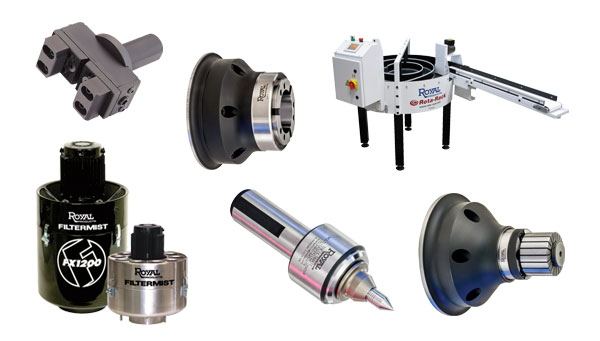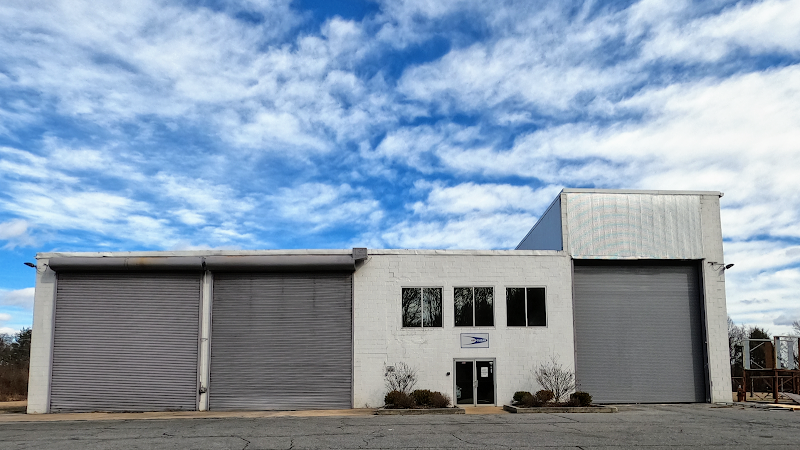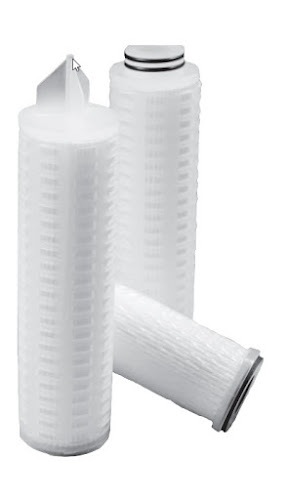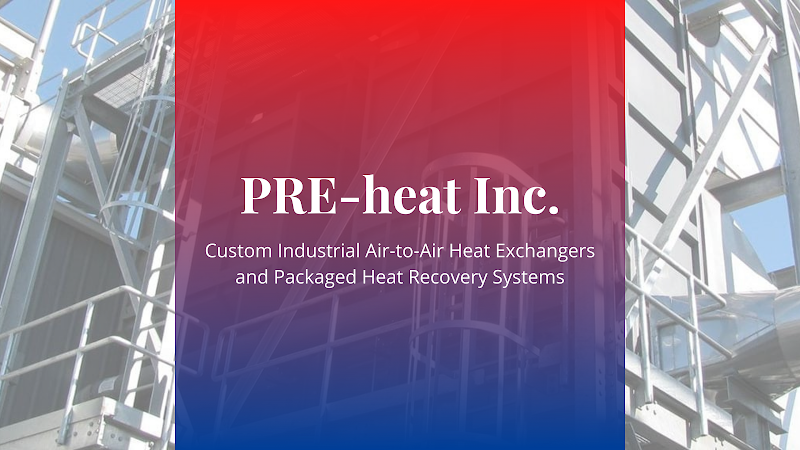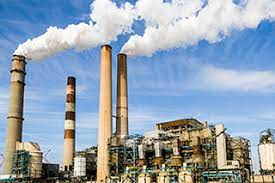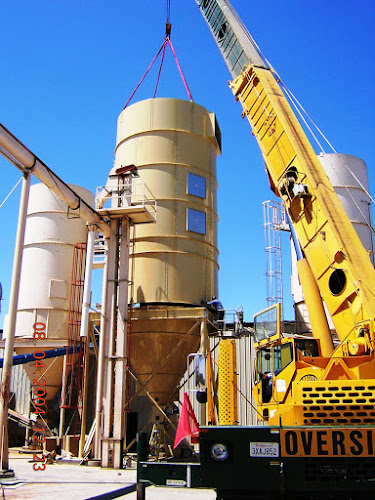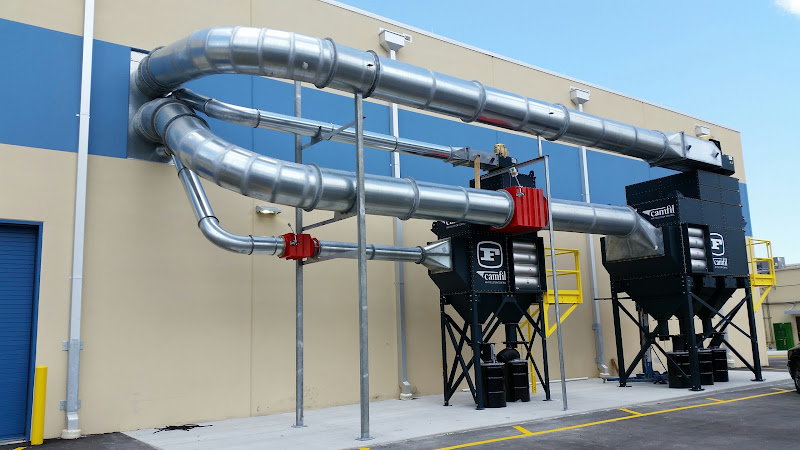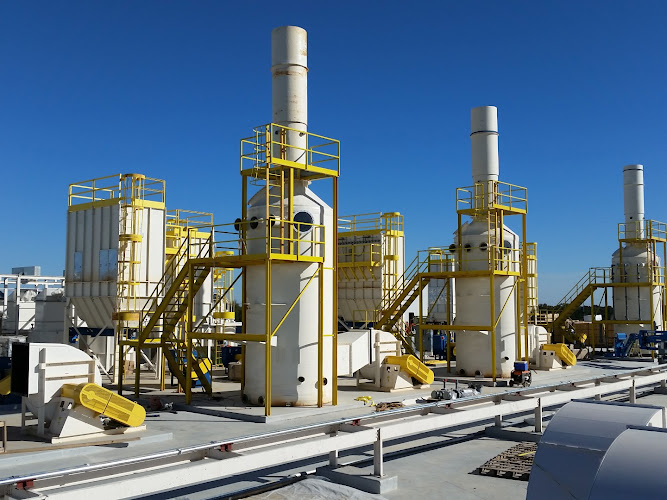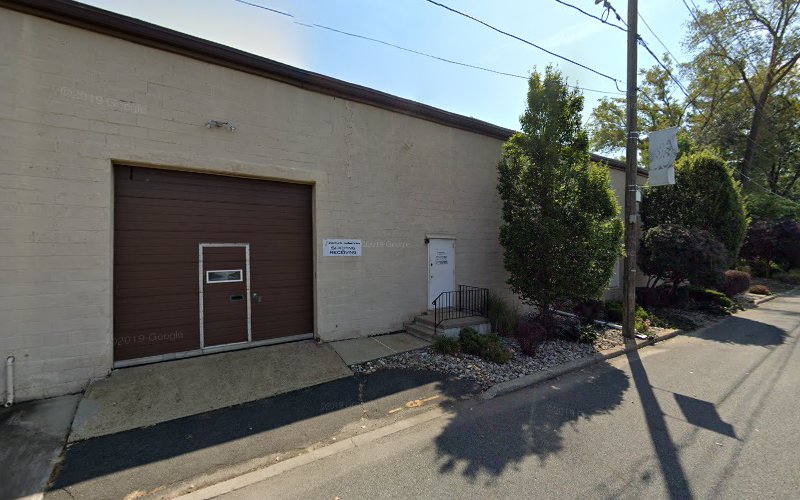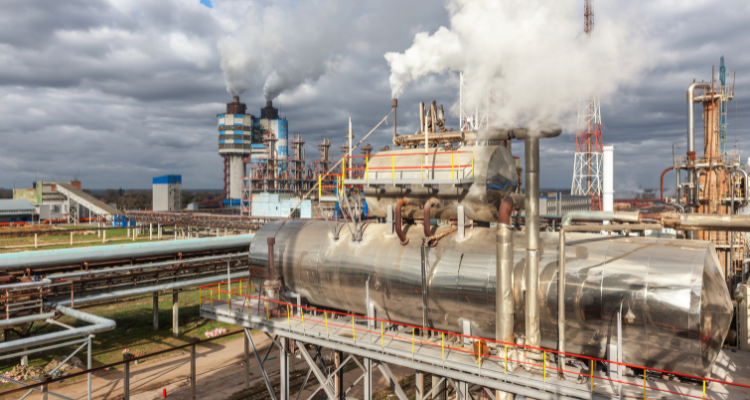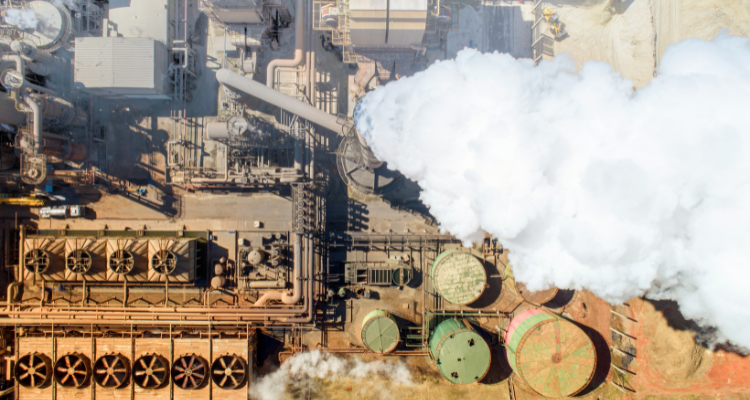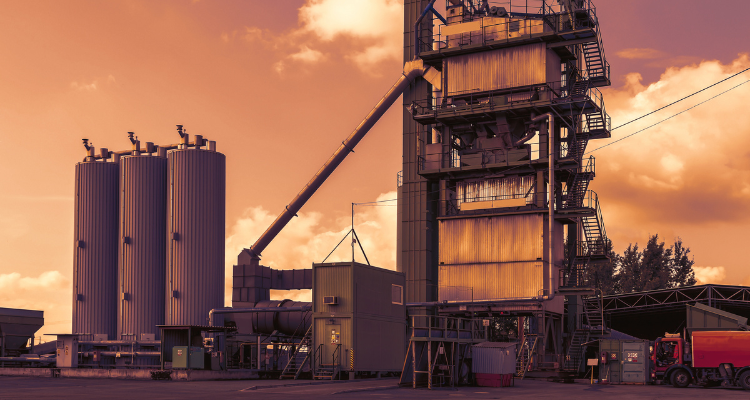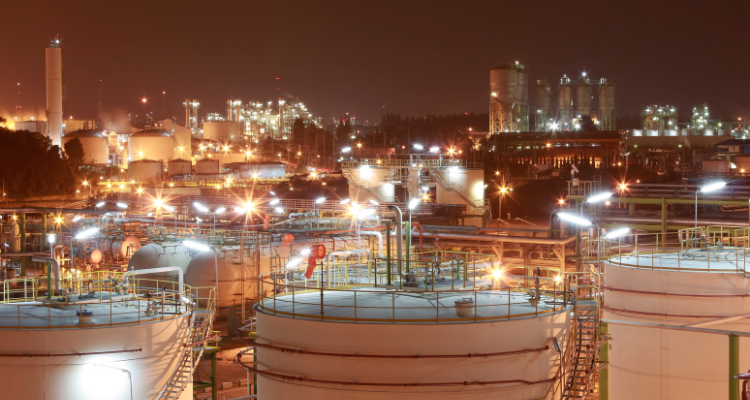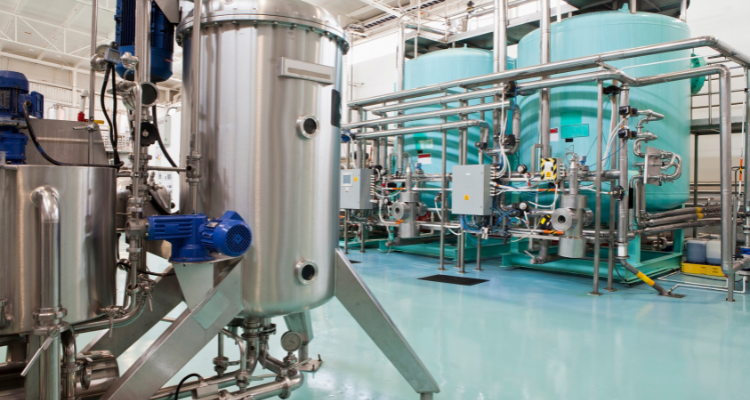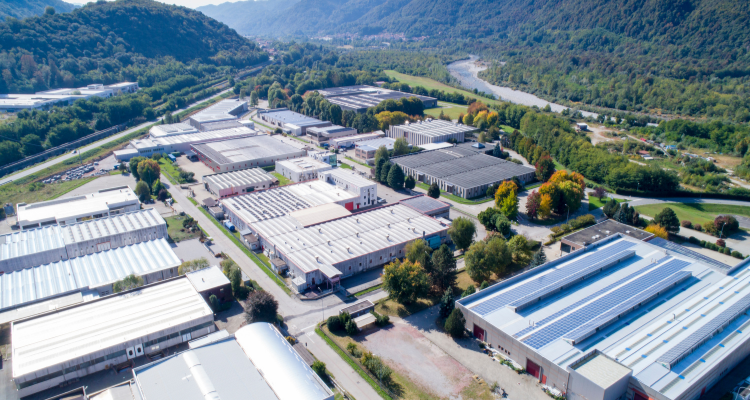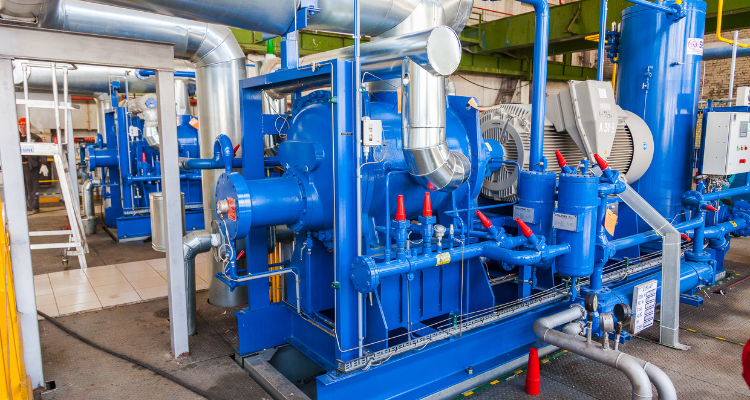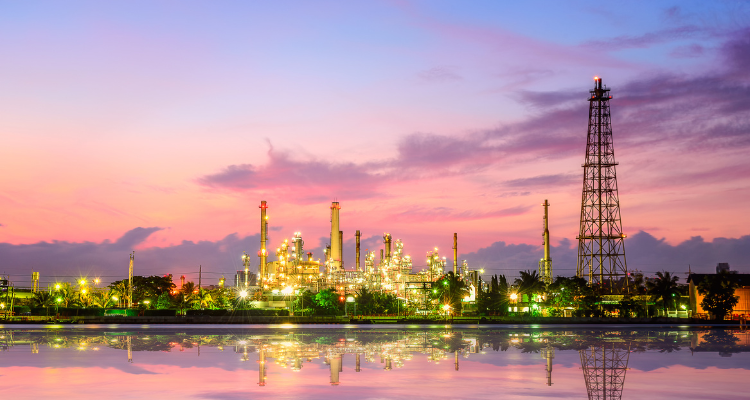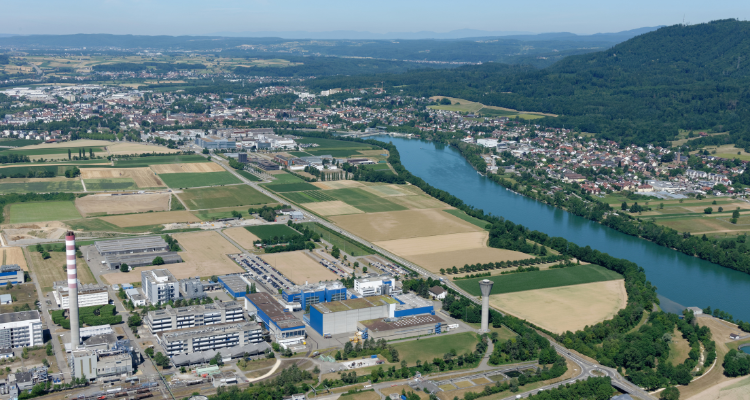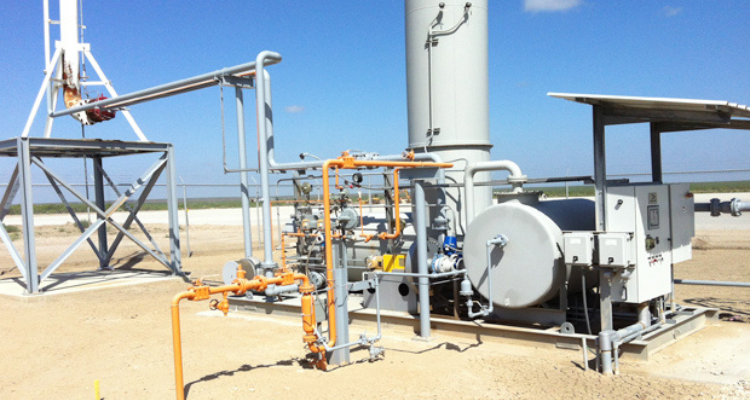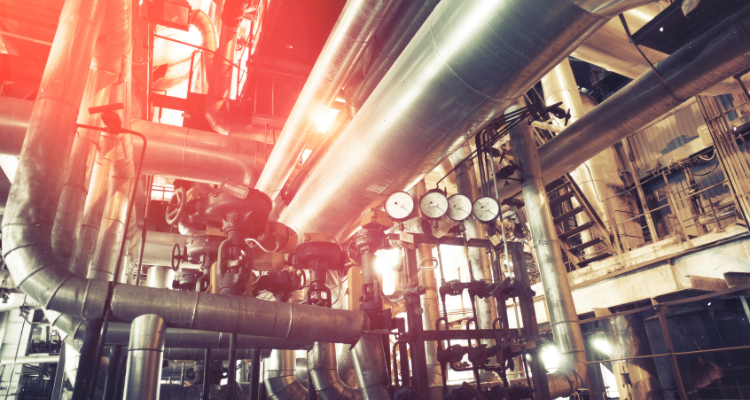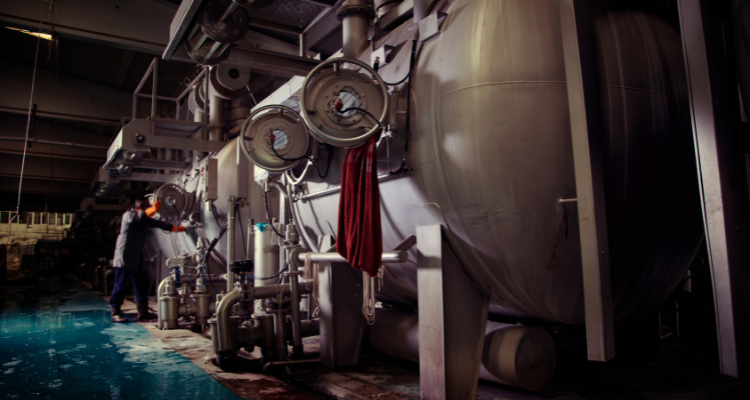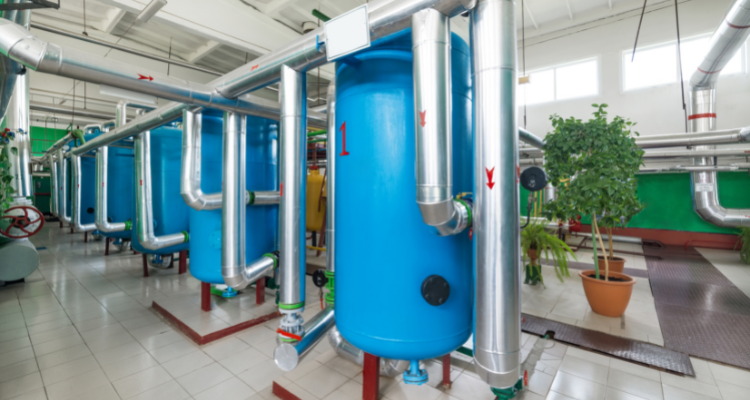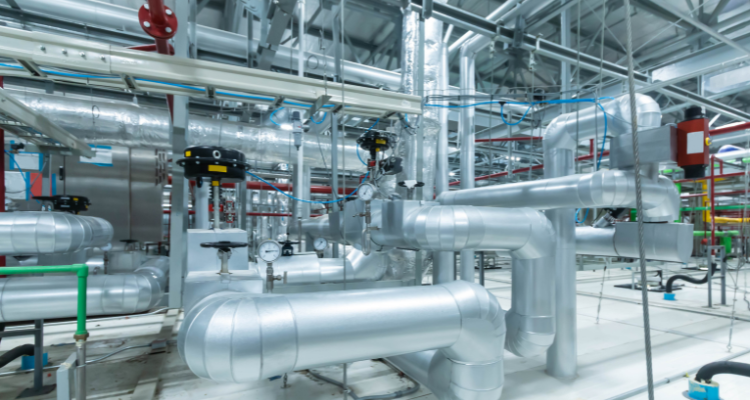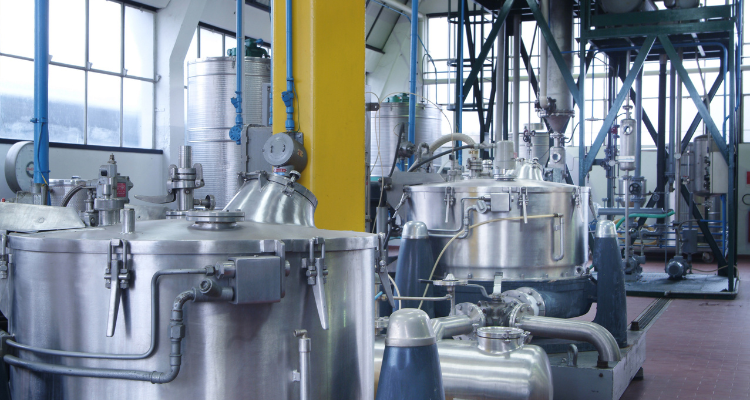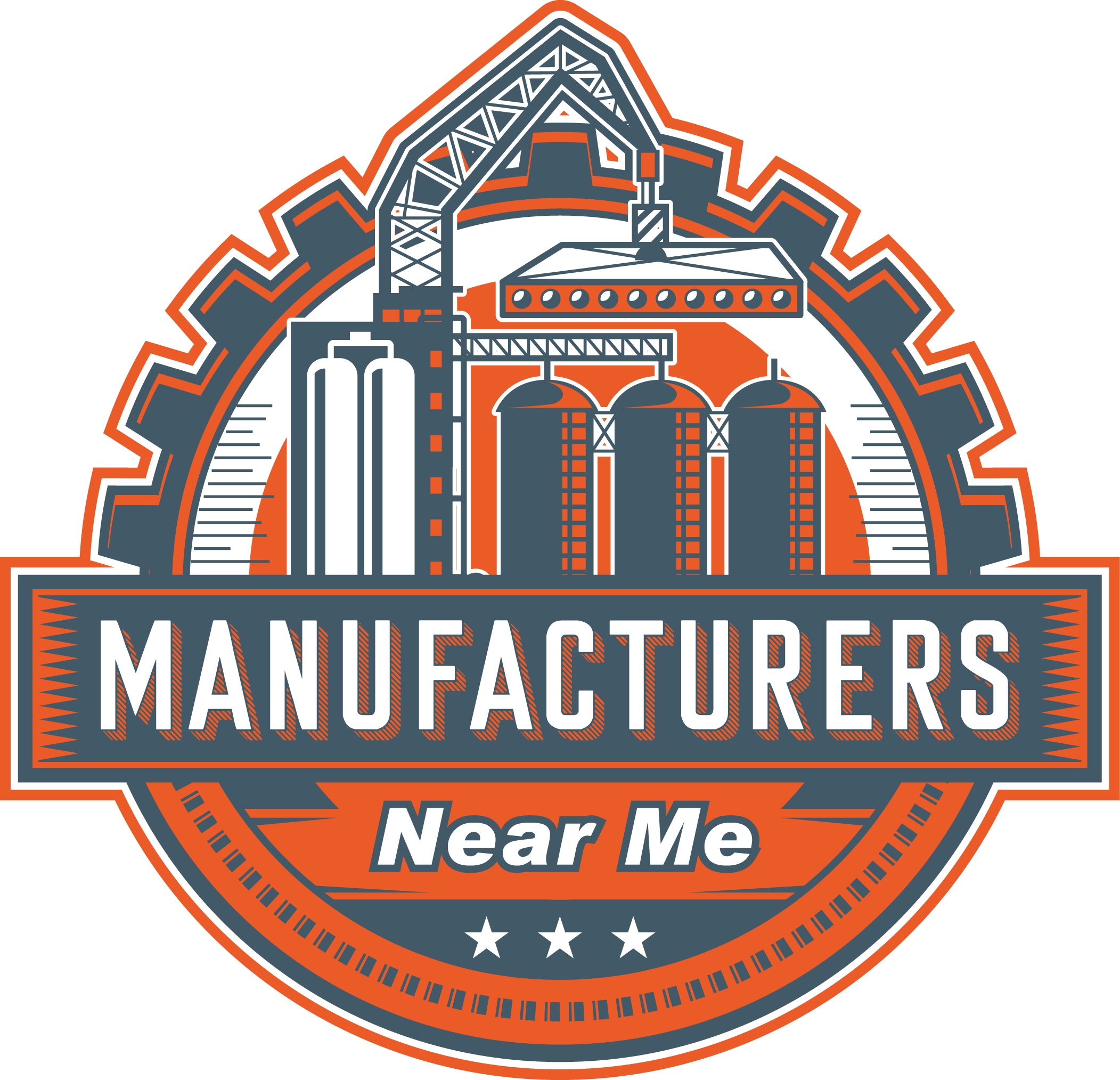Air Pollution Control ManufacturersAir pollution control is a vital necessity for the protection of public health and the environment. In order to ensure that the air we breathe is clean and safe, it is important to have reliable and effective air pollution control systems in place. At manufacturersnearme.com, we are proud to provide an extensive directory of reputable air pollution control manufacturers. Our directory includes links to company websites, profiles, locations, phone numbers, product videos, and product information. This allows you to easily research each company and find the perfect air pollution control system for your needs. In addition, our website is regularly updated with new product articles, so you can stay up-to-date on the latest advances in air pollution control technology. We understand that finding the right air pollution control manufacturer can be a daunting task. That's why we are here to help! Our knowledgeable and friendly staff is happy to answer any questions you may have about air pollution control systems. We hope that our directory will be a valuable resource for you as you search for the perfect air pollution control solution. | Air pollution can cause a variety of health problems, including respiratory problems, heart disease, and even cancer. It can also reduce visibility and damage ecosystems. Controlling air pollution is important to protect public health and the environment. |
AmmoniaAir pollution control is necessary to mitigate the harmful effects of ammonia emissions. Ammonia is a colorless, pungent gas that is released from animal waste and fertilizer. It can cause respiratory problems, damage vegetation, and contaminate water supplies. Air pollution control systems can be used to reduce ammonia emissions from manure storage and handling systems, animal feeding operations, and agricultural lands. Systems include scrubbers, biofilters, and chemical absorbers. They work by trapping or neutralizing the ammonia gas before it is released into the atmosphere. The benefits of air pollution control systems include reduced odor, reduced respiratory problems, reduced water contamination, and reduced damage to vegetation. Air pollution control systems are essential for protecting the environment and public health. |
EthanolAir pollution control is a vital process for reducing emissions from ethanol-fueled vehicles. The ethanol fuel mixture is composed of gasoline and ethyl alcohol, which is a renewable resource made from crops such as corn. Ethanol emissions have been found to produce smog, acid rain, and toxic air pollutants. One study showed that when ethanol was blended with gasoline in amounts greater than 10 percent, the risk of cancer increased. Another study showed that when ethanol was used in place of gasoline, there was a decrease in emissions of carbon monoxide, volatile organic compounds, and nitrogen oxides. However, there was an increase in emissions of formaldehyde and acetaldehyde. Formaldehyde is classified as a probable human carcinogen by the U.S. Environmental Protection Agency. Acetaldehyde is listed as a hazardous air pollutant. Both are respiratory irritants and can cause nausea and vomiting. Air pollution control is necessary to reduce these harmful emissions from ethanol-fueled vehicles. |
AsphaltAir pollution control is necessary to protect public health and the environment from the harmful effects of asphalt emissions. Asphalt is a black or dark brown viscous liquid that is used for paving roads, roofs, and other surfaces. It is made up of a variety of compounds, including volatile organic compounds (VOCs), which are harmful to human health and the environment. VOCs are released into the air when the asphalt is heated, and they can cause respiratory problems, eye irritation, and headaches. They can also contribute to ground-level ozone, which can cause respiratory problems, chest pain, and throat irritation. Air pollution control technologies can be used to reduce the amount of VOCs released into the air. These technologies include thermal oxidizers, activated carbon filters, and scrubbers. Thermal oxidizers incinerate the VOCs in the exhaust gas stream, activated carbon filters remove them from the gas stream, and scrubbers remove them from the liquid asphalt. Air pollution control is important to protect public health and the environment. The harmful effects of asphalt emissions can be reduced by using air pollution control technologies. |
ChemicalAir pollution control is a critical need for the protection of public health and the environment. Chemical emissions, in particular, contribute to air pollution and can cause serious health problems. Air pollutants are particles or gases in the air that can cause health problems. Many chemical emissions are considered air pollutants, including benzene, toluene, ethylbenzene, and xylene. These chemicals can cause respiratory problems, heart problems, and even cancer. The EPA has set standards for many types of chemical emissions, and states and local governments have also enacted their own regulations. These standards help protect people from the harmful effects of these chemicals. |
FoodThe argument for air pollution control for food processing emissions is twofold. First, food processing emissions can contain harmful pollutants that can negatively impact public health and the environment. Second, effective air pollution control can help businesses comply with government regulations and improve air quality in surrounding communities. Food processing emissions can contain harmful pollutants such as particulate matter, ozone, nitrogen dioxide, and sulfur dioxide. These pollutants can cause respiratory problems, heart disease, and other serious health issues. They can also contribute to climate change and acid rain. Businesses that process food need to take steps to reduce their emissions and comply with government regulations. Air pollution control systems can help businesses achieve this goal. These systems remove harmful pollutants from the air before they can cause damage. In addition, they help businesses operate more efficiently, which can save money in the long run. |
CarpetCarpeting is an important part of any home, and with the number of people who have allergies, it’s important to have carpets that don’t emit harmful particles into the air. Unfortunately, the manufacturing process of carpets emits a lot of particles into the air, which can cause a number of problems for people with allergies and other respiratory problems. That’s why it’s important to have air pollution control for carpet manufacturing emissions. This will help to reduce the number of pollutants that are released into the air, making it safer for everyone to breathe. Not only is it important to have air pollution control for carpet manufacturing emissions, but it’s also important to have proper ventilation in the area where the carpets are being manufactured. This will help to ensure that the air quality is as good as possible and that the carpets are being made in a safe and healthy environment. By having both air pollution control for carpet manufacturing emissions and proper ventilation, you can help to keep your family safe from harmful particles while ensuring that your carpets are made in a clean and healthy environment. |
Odor ControlAir pollution control is necessary to protect public health and the environment from the harmful effects of air pollution. One component of air pollution that can cause health problems is odor emissions. Odor emissions can cause respiratory problems, headaches, and nausea. The purpose of odor emissions control is to reduce the amount of pollutants in the air that creates unpleasant smells. This is done by capturing or destroying the pollutants before they are released into the atmosphere. Technologies that can be used for odor emissions control include scrubbers, filters, and incinerators. Scrubbers are devices that use water or chemicals to remove pollutants from the air. Filters are devices that use a physical barrier to remove pollutants from the air. Incinerators are devices that use heat to destroy pollutants in the air. Odor emissions control is an important part of air pollution control because it helps to protect public health and the environment from the harmful effects of unpleasant smells. |
Oil & GasAir pollution control has become a vital need for the oil and gas industry. Recent studies have shown that air pollution from this industry can have a significant impact on public health. Oil and gas production creates various pollutants, including volatile organic compounds (VOCs), particulate matter (PM2.5), sulfur dioxide (SO2), and nitrogen oxides (NOx). These pollutants can cause serious health problems, including respiratory illnesses, heart disease, and cancer. In order to protect public health, it is essential to reduce air pollution from the oil and gas industry. Air pollution control systems can help accomplish this goal. These systems capture emissions from facilities and equipment, preventing them from entering the atmosphere. The oil and gas industry is making progress in reducing air pollution, but more needs to be done. Air pollution control systems are critical in helping to achieve this goal. By installing these systems, we can protect public health and reduce the negative impacts of oil and gas production. |
PharmaceuticalThe pharmaceutical industry is responsible for the development, testing, and manufacturing of prescription and over-the-counter medications. These medications improve the quality of life for millions of people each year. Unfortunately, the production of these lifesaving drugs also produces harmful air pollution. Air pollution from the pharmaceutical industry can cause serious health problems. It can aggravate respiratory problems, such as asthma and bronchitis, and it can also cause heart problems. Air pollution from the pharmaceutical industry can also lead to premature death. In order to protect the health of workers and the public, we need air pollution control for the pharmaceutical industry. This includes both emissions controls and source controls. Emissions controls are necessary to reduce the amount of pollutants that are released into the air. Source controls are necessary to ensure that pollutants are not released from the facility in the first place. The pharmaceutical industry is responsible for producing some of the most important medications in the world. However, these medications come at a cost – the cost of harming our environment. In order to protect our health and our environment, we need air pollution control for the pharmaceutical industry. |
Soil RemediationThe water and soil in our environment are essential to our survival, and it is important to protect them from harmful pollutants. One of the main sources of pollution in our environment is air pollution. Air pollution can contaminate water and soil, and can cause a variety of health problems. One way to protect water and soil from air pollution is by using air pollution control technologies. Air pollution control technologies help to remove pollutants from the air before they can contaminate water or soil. Some common air pollution control technologies include: • scrubbers • filters • precipitators • baghouses Each of these technologies has its own strengths and weaknesses, so it is important to choose the technology that is best suited for the specific application. Scrubbers are one type of air pollution control technology that can be used to remove pollutants from the air. They work by spraying a liquid solution into the exhaust stream. The solution helps to remove pollutants from the air, and it also helps to cool the exhaust gas. Scrubbers are commonly used to remove sulfur dioxide from the exhaust gas of power plants. Filters are another type of air pollution control technology that can be used to remove pollutants from the air. They work by trapping pollutants on a filter media. Filters can be used to remove a variety of pollutants, including dust, smoke, and carbon monoxide. Precipitators are another type of air pollution control technology that can be used to remove pollutants from the air. They work by capturing solid particles in a liquid or gas stream. Precipitators are commonly used to remove particulate matter from the exhaust gas of power plants and factories. Baghouses are another type of air pollution control technology that can be used to remove pollutants from the air. They work by collecting pollutants in bags or filters. Baghouses are commonly used to remove particulate matter from the exhaust gas of factories and power plants. |
Metal DecoratorsThe process of metalworking manufacturing can produce air pollution that is harmful to human health and the environment. Air pollution control is necessary to minimize these negative impacts. Metalworking processes involve the use of hazardous materials, including metals, chemicals, and dust. These materials can release pollutants into the air, including lead, mercury, ozone, and particulate matter. These pollutants can cause respiratory problems, heart disease, and other health complications. They can also contaminate water supplies and damage ecosystems. Air pollution control systems are used to capture or destroy pollutants before they are released into the air. Systems vary in complexity, depending on the type of manufacturing process and the type of pollutants involved. They may include mist collectors, fume hoods, scrubbers, or incinerators. The use of air pollution control systems helps protect workers' health and the environment. It also helps manufacturers meet regulatory requirements and improve their image in the community. |
TextileTextile dyeing is a process of applying color to textile materials such as fibers, yarns, and fabrics. The dyeing process often uses a variety of different chemicals, including dyes, mordants, and fixatives. These chemicals can release harmful air pollutants that can cause serious health problems. One of the major problems with textile dyeing is the release of toxic air pollutants. These pollutants can cause a variety of health problems, including respiratory problems, skin irritation, and even cancer. In order to protect workers and the public from these harmful pollutants, we need effective air pollution control measures in place. One of the best ways to reduce air pollution from textile dyeing is to use less toxic chemicals. There are a number of alternative dyes and finishes that are much less harmful than traditional chemical dyes. These alternatives are not always as effective as traditional dyes, but they are much safer for workers and the environment. Another way to reduce air pollution from textile dyeing is to use more efficient ventilation systems. Ventilation systems can help remove harmful air pollutants from the work area. They can also help distribute fresh air throughout the work area, which can help improve worker morale and productivity. Air pollution control is essential for protecting workers and the public from the harmful effects of textile dyeing. By using less toxic chemicals and more efficient ventilation systems, we can significantly reduce the amount of air pollution that is released into the atmosphere. |
Landfill Gas TreatmentAir pollution control is necessary for landfill gas treatment because the gas emissions from landfills can cause serious environmental and health problems. The pollutants in landfill gas include methane, carbon dioxide, and other hazardous air pollutants such as benzene and toluene. These gases can contribute to global warming, acid rain, and smog. They can also cause respiratory problems, cancer, and other health issues. Air pollution control systems help to reduce these harmful emissions by capturing the gas before it is released into the atmosphere. |
Ventilation Air MethaneThe purpose of air pollution control in Ventilation Air Methane (VAM) systems is to protect the environment by reducing emissions of methane into the atmosphere. Methane is a potent greenhouse gas that contributes to global climate change. Air pollution control systems help to reduce the amount of methane released into the atmosphere, making it a more environmentally-friendly way to ventilate buildings. |
Coating/DecoratingAir pollution control is needed in order to minimize the amount of pollutants that are released into the atmosphere. These pollutants can cause a number of environmental and health problems, so it is important to take steps to reduce their release. Pollution control systems help to accomplish this by trapping or filtering the pollutants before they can escape. |

